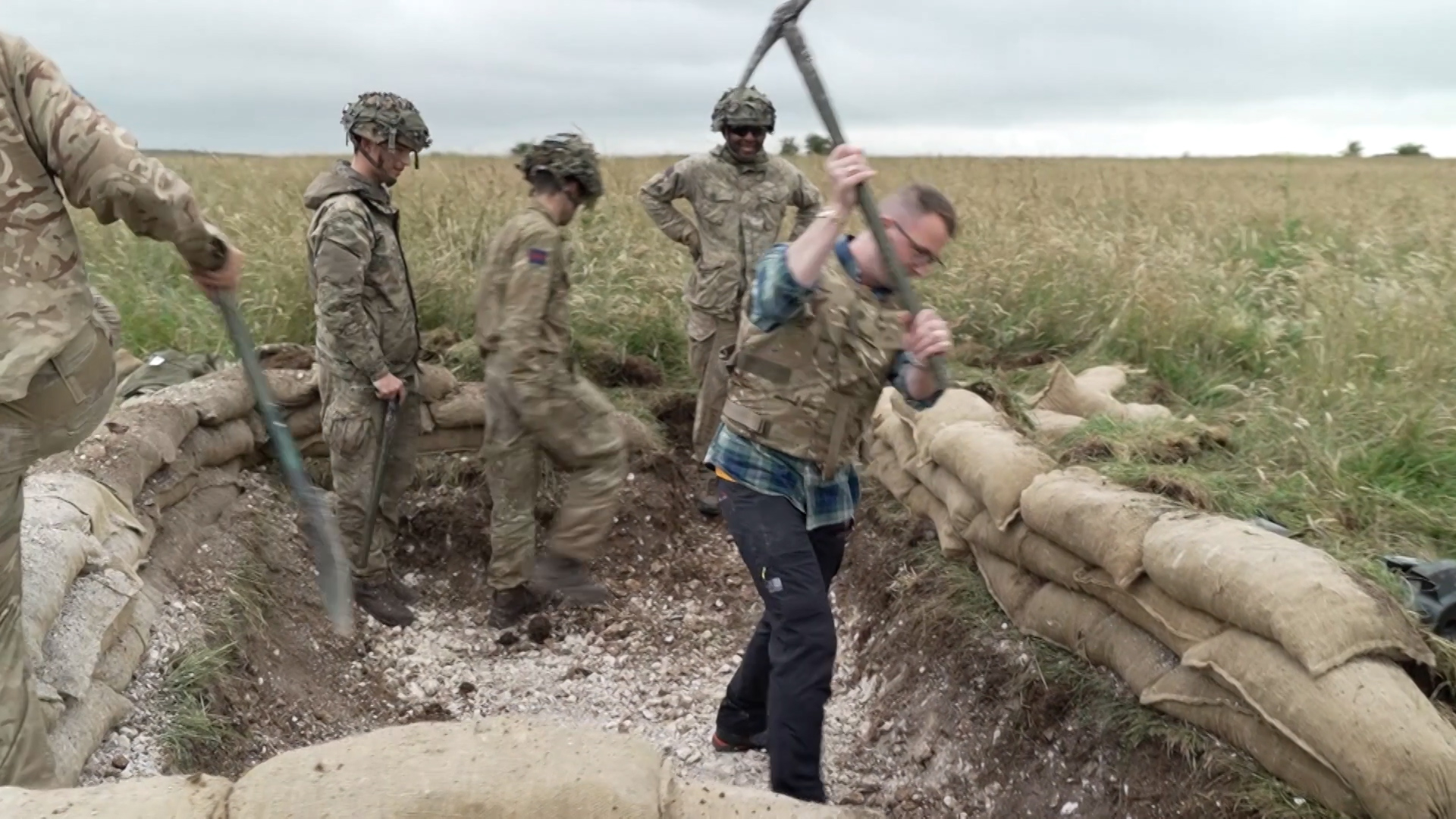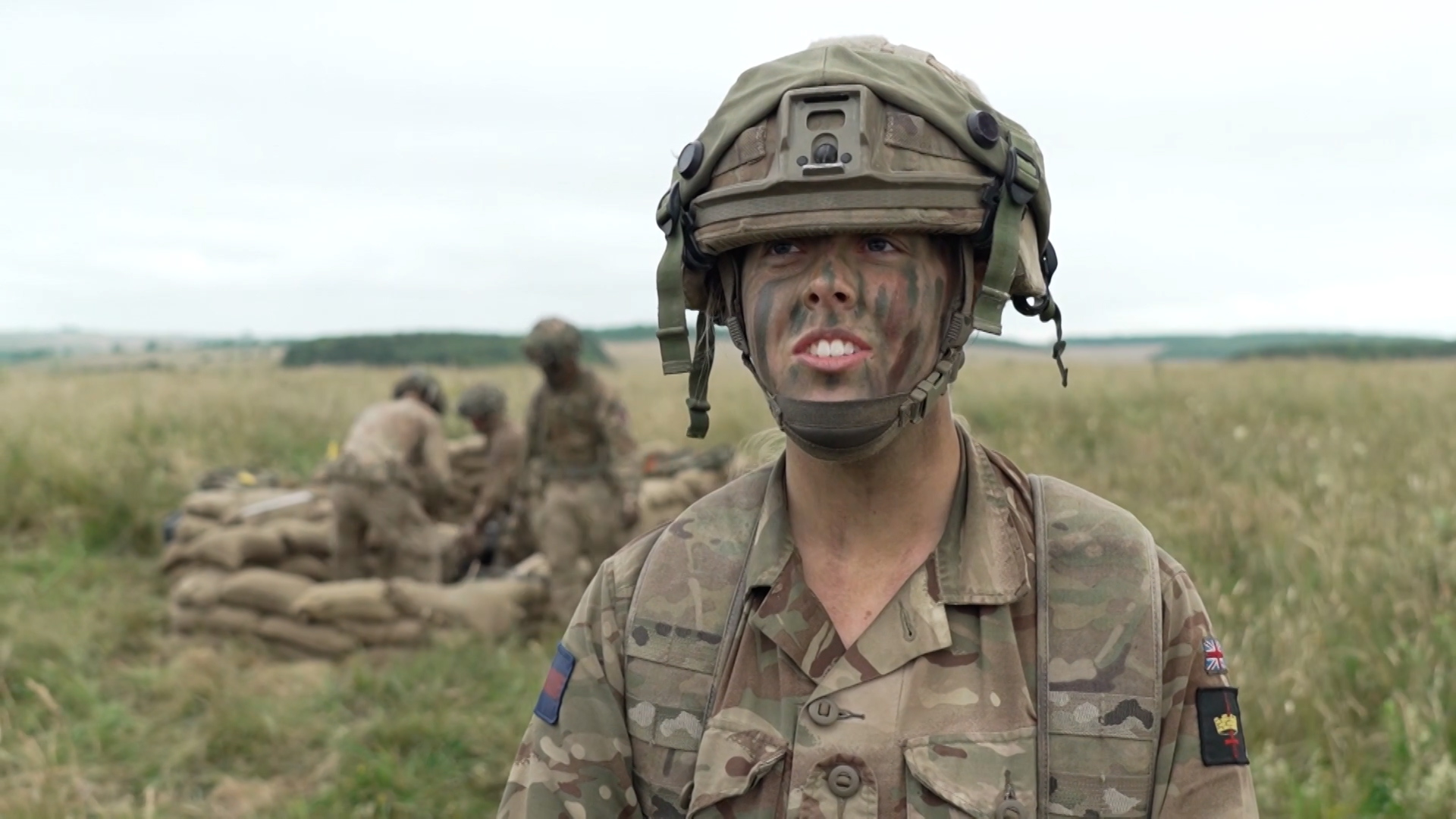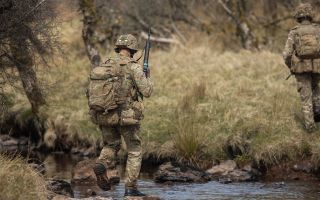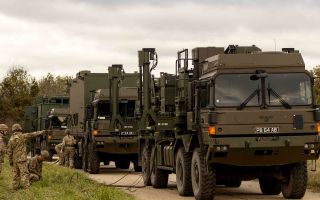CRTC: The team making sure the Army's always ready to fight and fit to deploy
The way soldiers are trained is likely the most vital factor when it comes to the British Army's ability to take on and win wars.
This training, provided almost continuously throughout a soldier's career, makes the Army stand out and gives it the reputation it has around the world.
Say what you want about its equipment or the size of the organisation itself, but where training is concerned foreign armed forces envy the British Army.
But the MOD doesn't leave anything to chance. When it comes to ensuring its people can dish out defeat on the enemy, it needs to be sure the Army is ready to go.
That's where the work of the Combat Ready Training Centre (CRTC) comes to the fore.
These are the Army's internal inspectors of fighting standards, charged with validating the readiness and skills of the organisation's battalions and regiments.
BFBS Forces News followed the progress of 1st Battalion Scots Guards as its companies were put through their paces during a major exercise on Salisbury Plain.
It was called Wessex Storm, and it saw the guardsmen deployed on the plain for almost two months under the watchful eye of the CRTC.
If successful, the Scots Guards would be validated to deploy anywhere in the world for the next two years, including operational deployments and all-out war should the call come.
It's a high-stakes business and something the CRTC takes seriously.
Its team is made up of some of the most qualified combat professionals in the Army. No unit can pull the wool over these guys' eyes.
Wessex Storm saw the Scots Guards working as part of a wider battlegroup, comprised of other units and supporting assets.
Thanks to technology designed specifically for training purposes like this, commanders on the ground were provided with the ability to call in virtual artillery fire, aiding the realism that the exercises facilitated by the CRTC can deliver.
There's even a fully trained enemy, known as Team Hannibal.
On the exercise, the bad guys were in fact soldiers from the 2nd Battalion The Royal Anglian Regiment – one of the toughest units in the infantry.
It's all about giving the Scots Guards, known as the "training audience", a realistic foe that not only wished to push them to the limits, but actually wanted to defeat them.
I saw first-hand the extent to which the rivalry between the two units presented itself, which occasionally boiled over and required CRTC staff to step in.

On the first day of my time with the Scots Guards, I met soldiers digging in and preparing defensive positions for what they suspected would be a full-scale attack by Team Hannibal.
I met people like Guardsman Yasmin Spriggs, who only days before deploying on Wessex Storm was on parade for this year's Trooping the Colour.
It demonstrated the truly dual-role nature of life in the Guards Division.
The 19-year-old explained: "This is what I love about being in the infantry, especially in the Guards, where we've got a dual role... we switch very quickly.
"And just being face to face with the enemy – that's the best bit about being an infantryman."

Guardsman Spriggs is, in fact, the first-ever female to serve as an infanteer in the Scots Guards.
When she spoke to our team, she was in the middle of digging a trench with three of her colleagues, all of whom were men.
She took it all in her stride, pointing out that she was always treated "like one of the blokes" when it came to her job.
All events that took place during the exercise were controlled by the CRTC via its high-tech nerve centre, a situation room of sorts where movements by troops and actions can be pored over by analysts.
It was clear just how much resource the MOD places in the validation of its infantry battalions, and allowing this close analysis is technology called TES.
It's a complicated system comprised of lasers and sensors that register hits on targets when weapon systems are fired.
When a soldier squeezes their trigger, a blank round fires as normal. Alongside this, a laser fires at the precise location a live round would have landed were it for real, acknowledged by the sensors worn on the target.
The person on the receiving end has a read-out screen which advises what the injuries sustained are, meaning the response by the units can be role-played in real-time.
TES depends on batteries, which need to be changed daily, and the antennae the system relies on are easily damaged as a soldier goes about their business, which can cause problems.
Anyone who's served in the Army and deployed on a TES exercise will know firsthand how frustrating this kit can be.
But it works, and that's why the CRTC uses it.
We were able to observe the consequences of a simulated CBRN attack on the battlegroup which came as a spanner in the works at the end of a difficult night in which the Scots Guards had been harassed continuously.
This triggered a full response which meant all members of the battlegroup had to don respirators and CBRN (Chemical, Biological, Radiological and Nuclear) suits.
It resulted in a decontamination lane being established three miles away from the attack, provided by the Royal Logistic Corps.

Conflicts around the world right now feature both contemporary characteristics such as drone warfare, but also facets much more traditional such as trench warfare in Ukraine and underground operations in places like Gaza.
CRTC was able to replicate these theatres during Wessex Storm.
We were invited to observe what turned out to be an action-packed few hours underground, deep beneath the Wiltshire countryside in a disused mine.
Here, the Scots Guards – a week on from the CBRN attack that wrapped up what was known as the defensive phase of the exercise – were presented with an enemy force in the darkness and maze-like surroundings of the old mine.
It's a type of training many members of the Armed Forces have yet had the opportunity to experience.
Ultimately, the experts at CRTC had to determine whether to provide the Scots Guards with the validation they required to be permitted to deploy on operations, whatever they may be. A licence to kill, if you like.
Naturally, a battalion of such standing passed the test with flying colours. And as such, its people can now expect to be deployed any time, to anything the Government deems necessary.
It's a dangerous world, but whatever comes their way, the guardsmen of the 1st Battalion Scots Guards are ready and are now formally qualified to deal with it.
And that's thanks to the challenging tests provided by the Combat Ready Training Centre – the Army's ultimate insurance policy.







